Το νόημα της Τέχνης κατά τον Adorno
Ενότητα:
Άρθρα του περιοδικού "Φιλοσοφία"
Χρονολογία έκδοσης περιοδικού
2005
Περισσότερα...
Τύπος
Επετηρίδα
Συγγραφέας
Χριστοδουλίδη - Μαζαράκη , Αγγελική
Περισσότερα...
Τίτλος άρθρου/ανακοίνωσης
Το νόημα της Τέχνης κατά τον Adorno
Γλώσσα: Ελληνικά, Νέα (1453-)
Θεματική ενότητα άρθρου/ανακοίνωσης
Αισθητική
Γλώσσα άρθρου
Ελληνικά - Νέα (1453-)
Αγγλικά
Περίληψη άρθρου
The fundamental theme of Adorno΄s theory of aesthetics is the autonomy of art. In his recent work, Aesthetic Theory, in the sections that he deals with the dual essence of art - as autonomous and social fact - we see that he rejects the idea of engaged art. Adorno΄s criticism of engaged art is clearly not a refusal of the political but rather a complaint that the self-appointed political literature undercuts its own political strength because of its refusal of aesthetic autonomy. Moreover, part of the problem is that Adorno makes a rather rigid distinction between «authentic» art and mass culture. Although he recognized that high art and popular culture are both socially mediated by capitalism, he argues that the former is autonomous while the latter, as part of the industrial processes of mass production and consumption within contemporary capitalism, contributes in turn to processes of homogenization and massification of both culture and audiencies.
Λέξεις -κλειδιά
Τέχνη
Theodor W. Adorno
Creative Commons
Αναφορά Δημιουργού - Μη Εμπορική Χρήση - Παρόμοια Διανομή 4.0 Διεθνές - CC BY-NC-SA

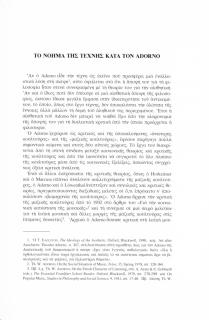
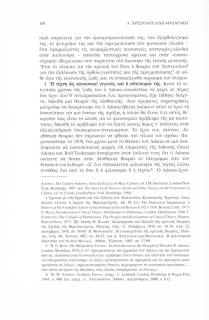
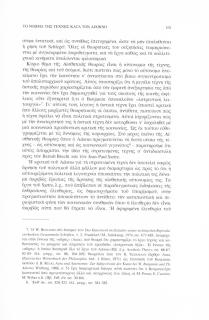
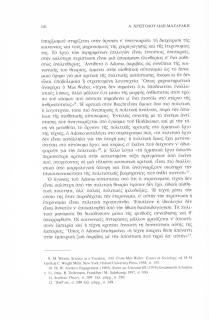

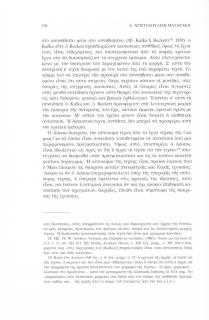
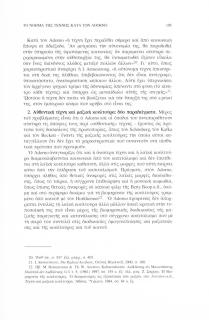

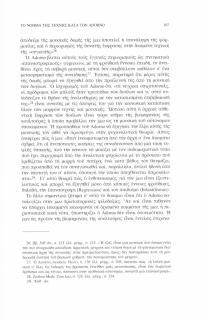
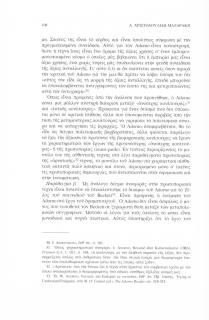
 Look inside pdf
Look inside pdf